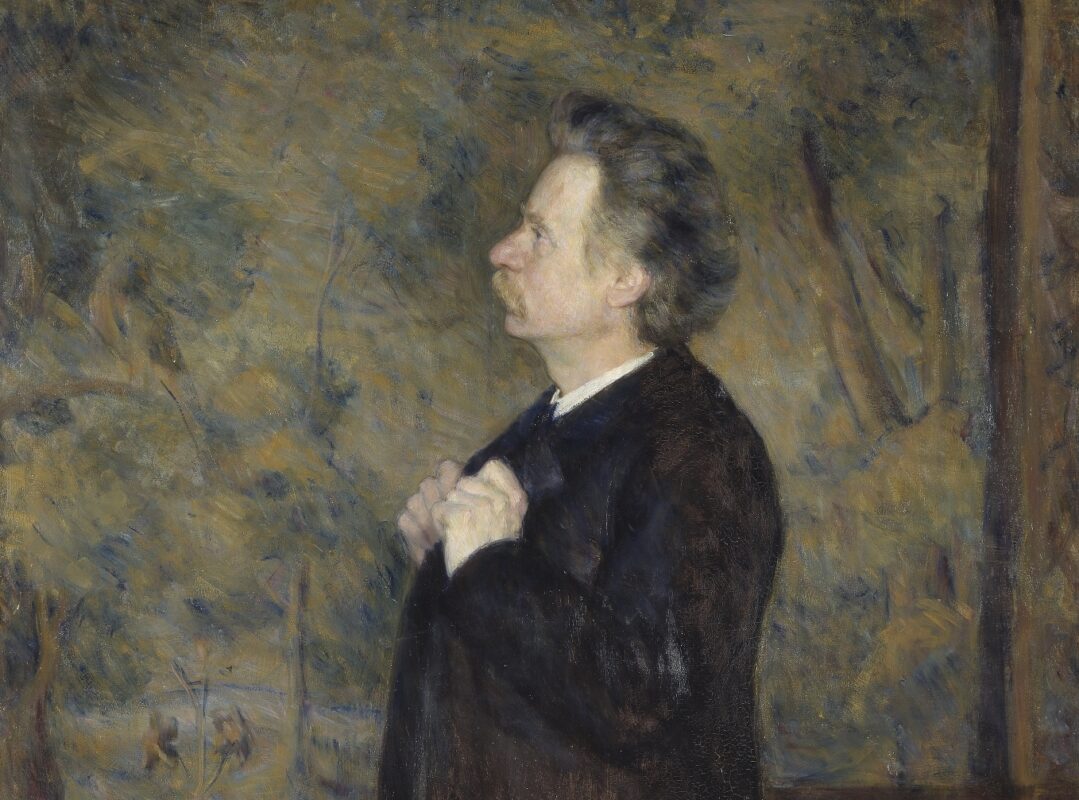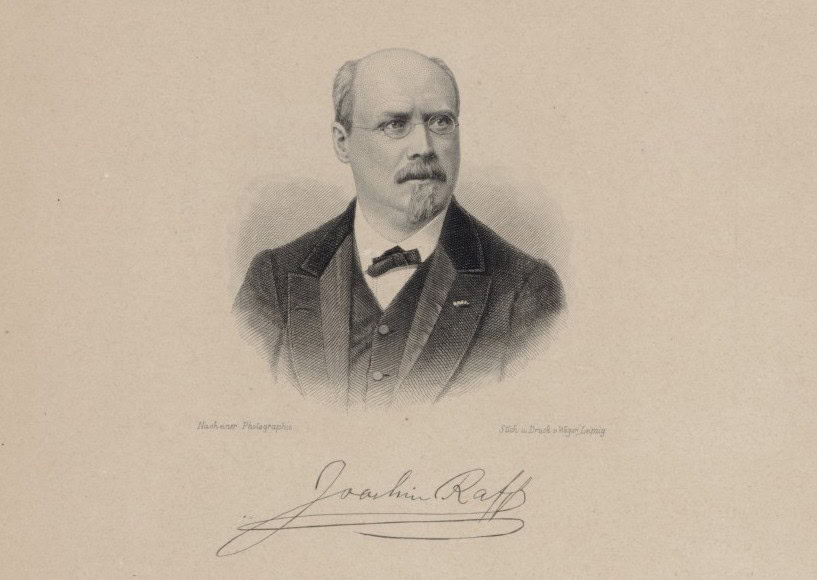Radio story(ies)
A collection of 42 source texts from the early days to today's forms of radio.

Is it nostalgia that so many publications are currently appearing that deal with the (heroic) past of radio, with electronic studios, radio plays or, in this case, with the fundamentals of the medium? Perhaps it is also a form of self-assurance in times of crisis and downsizing, because radio has changed a lot, in technical and artistic terms, but also in our listening habits.
This becomes clear in this collection of 42 source texts, which ranges from the early beginnings to the present day. It is the second volume of Radiophonicedited by Basel-based media scholars Ute Holl and Jan Philip Müller and Tobias Gerber; the first volume presented the current state of the debate on the medium in 2019. This is now followed by historical material: The result is an important compendium.
Through the ages
At the beginning, it goes into media archaeology, as it were, to the experiments of Nikola Tesla, for example, who described telegraphy without wires in 1893. This is immediately followed by the pointed reflection of Robert Walser, who as early as 1926 said that it would be "impolite not to flatly admit the triumph of technical inventiveness", even though he objected that "the art of making society" was being somewhat neglected as a result. In its sometimes contradictory diversity, radio is also a symbol of modernity.
This is followed by artistic manifestos from the early days (from Brecht and Marinetti to Adorno): Radio is also understood as an art form, as listening art. Pierre Schaeffer, John Cage and Karlheinz Stockhausen, for example, report on experiments with tape and microphone. And Hans Werner Henze refers to almost forgotten forms with his radio operas. What has remained of it and how it has been used creatively in recent decades is the subject of the latest texts: However, the discourse appears less utopian and more tattered, driven by defiance in troubled times. Nevertheless, the medium has remained relevant and still has potential. How will it be used in the 21st century?
Radiophonic, Materials, vol. 2, edited by Ute Holl, Jan Philip Müller and Tobias Gerber, 448 p., € 29.80, Kehrer-Verlag, Heidelberg 2024, ISBN 978-3-86828-863-6








